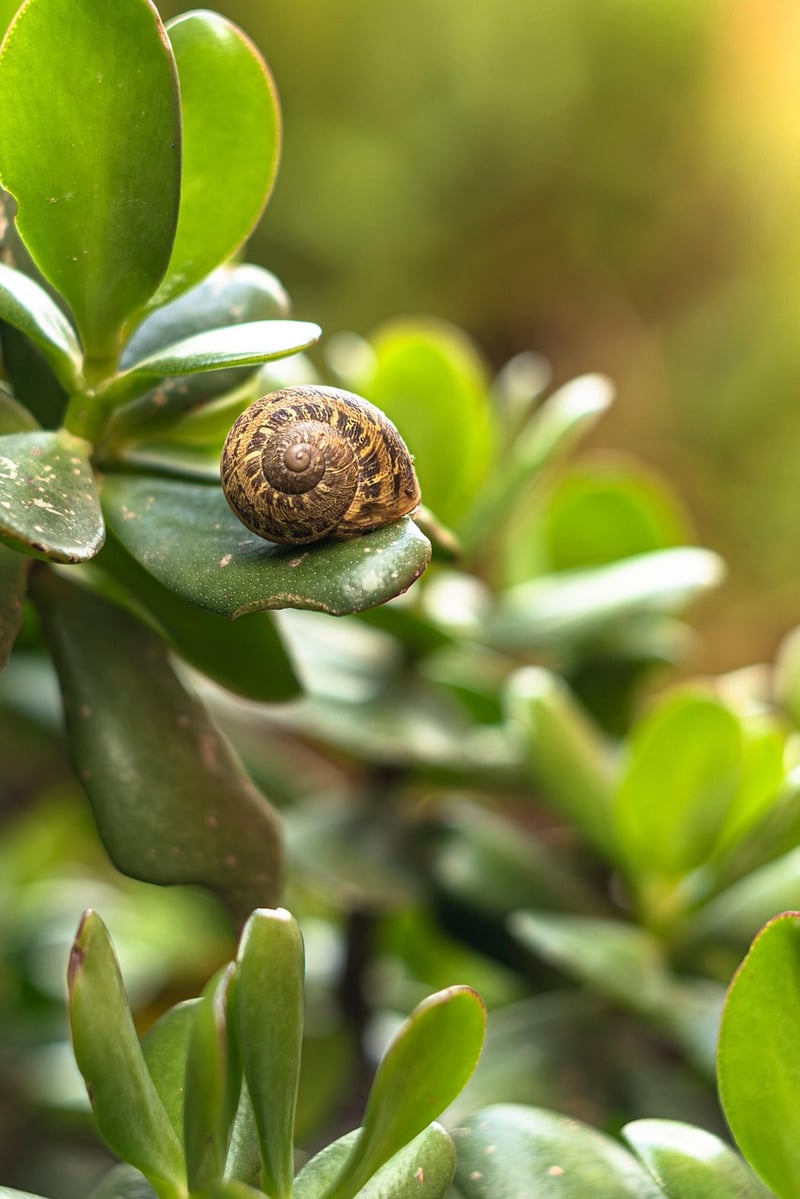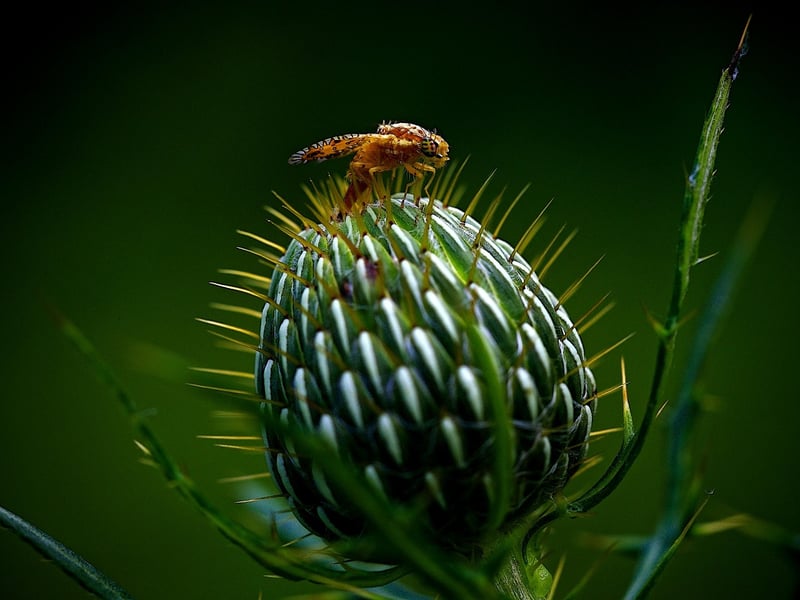Trap Crops
Protect Your Plants Naturally with Trap Crops

Are pests wreaking havoc on your precious plants? Looking for a natural and effective way to protect your garden without resorting to harmful chemicals? Trap cropping might be the solution you've been searching for!
What are Trap Crops?
Trap crops are specific plants strategically planted to attract pests away from your main crops. By luring pests to these sacrificial plants, you can protect your valuable crops from damage without the need for chemical pesticides.
How Trap Crops Work
When pests are drawn to the trap crops, they will preferentially feed on these plants, leaving your main crops relatively unscathed. This natural pest control method not only helps in preserving your harvest but also supports biodiversity in your garden.
Choosing the Right Trap Crops
Effective trap crops are usually highly attractive to pests and grow more rapidly than your main crops. Some common trap crops include nasturtiums for aphids, radishes for flea beetles, and marigolds for nematodes.
Benefits of Trap Cropping
- Natural pest control without chemicals
- Preserves biodiversity in your garden
- Cost-effective and environmentally friendly
- Reduces the need for pesticides
Get Started with Trap Cropping
Ready to give trap cropping a try in your garden? Follow these simple steps to get started:
- Identify the pests that are causing damage to your crops.
- Research the most effective trap crops for those specific pests.
- Plant trap crops strategically around the perimeter of your main crops.
- Monitor the trap crops regularly and remove pests manually if needed.
- Enjoy healthier plants and a thriving garden!
Embrace the power of trap crops and protect your plants naturally while promoting a balanced ecosystem in your garden!

Image Source: Pixabay
